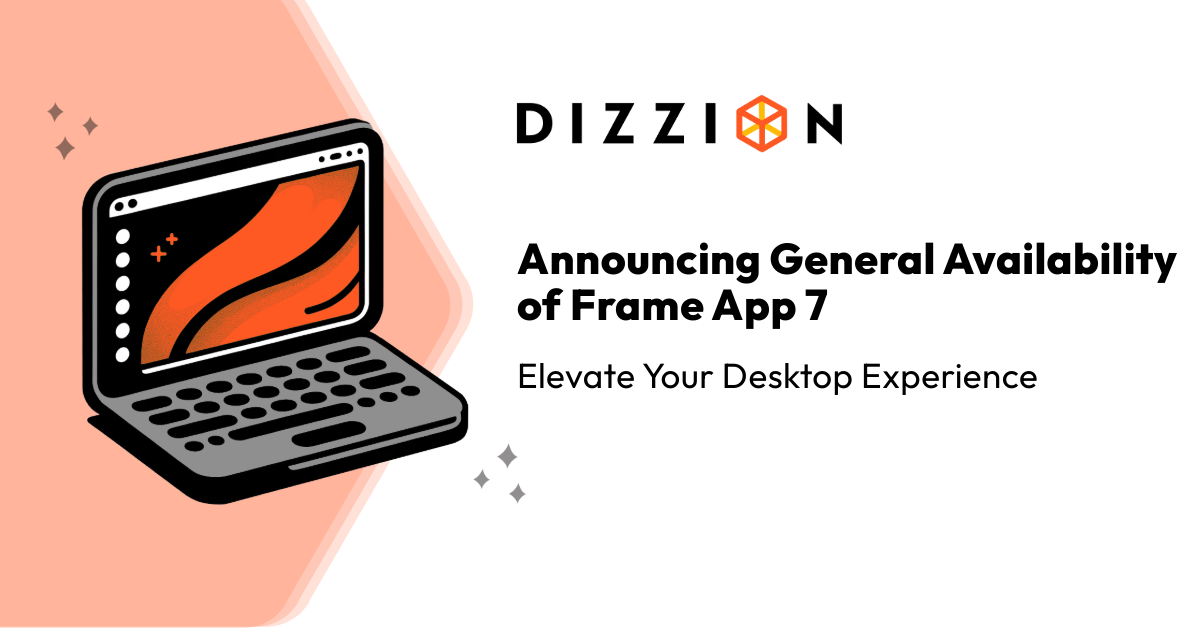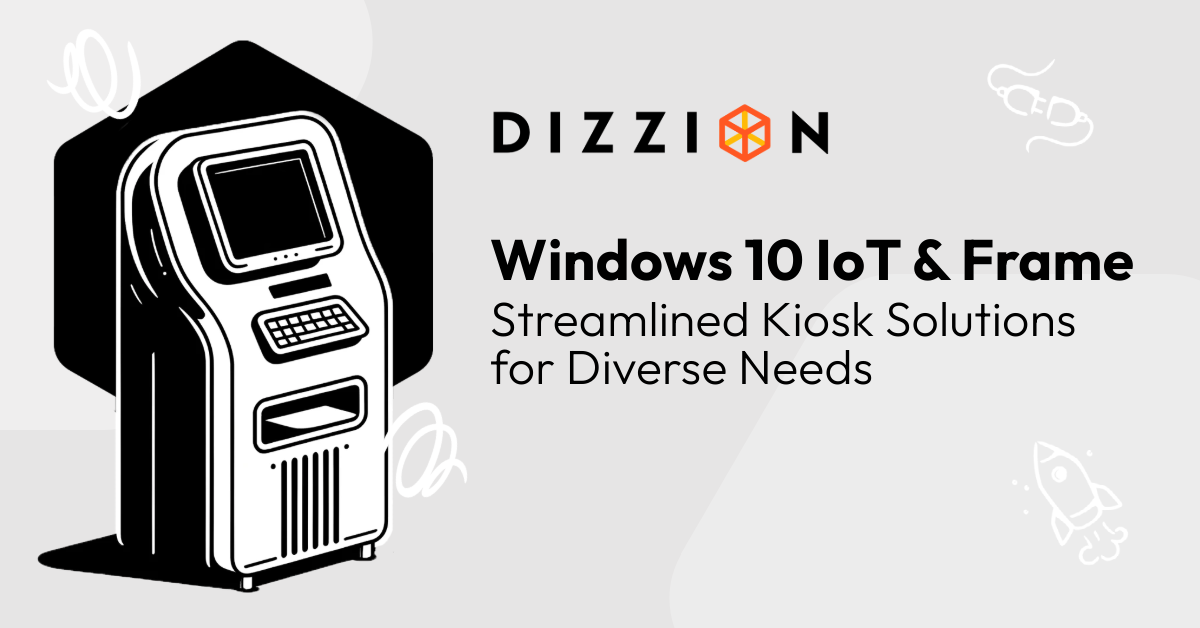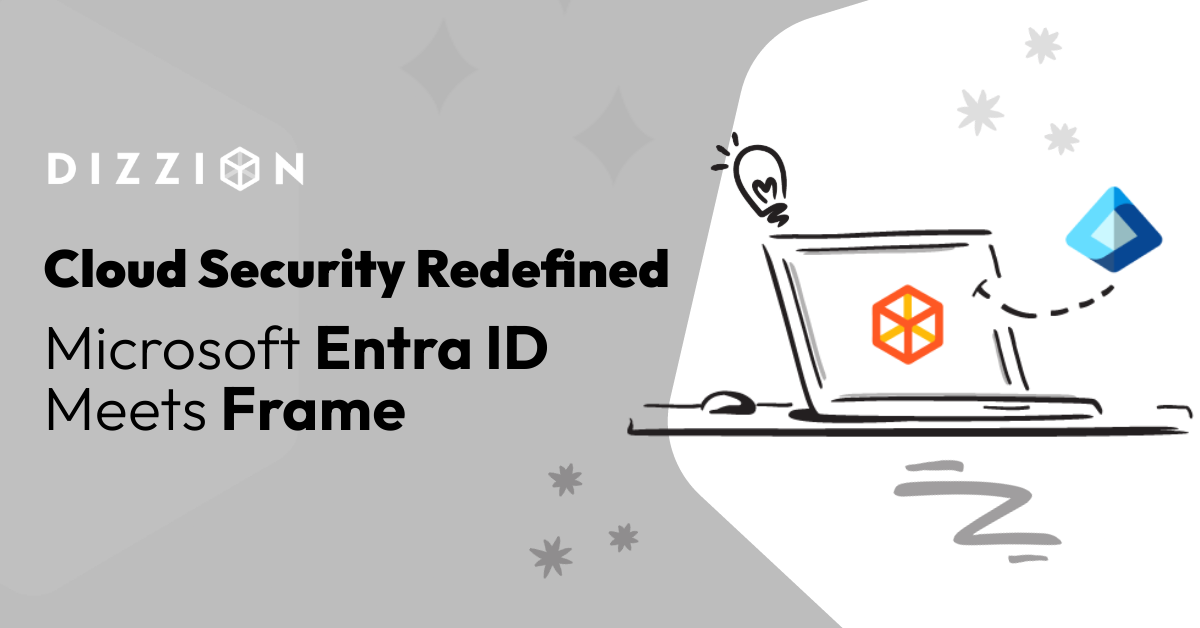
I can't believe it's been more than three years since we first announced that our desktop client, Frame App, was Generally Available! And while Dizzion Frame is, and will always be, a browser-first Desktop as a Service solution, there are certain features that simply require capabilities beyond what commercial browsers can offer - and that's where Frame App has helped save the day!
However, it's important to know that as browser technology continues to improve, Dizzion is always looking to leverage those improvements to provide an even better and more feature-rich user experience with just a browser. A good example of this is our native multi-monitor support - as this was one of the most popular features that was originally enabled by Frame App. However, as browser APIs provided better integration with physical monitors, we refactored this feature and now it's delivered completely through the browser.








